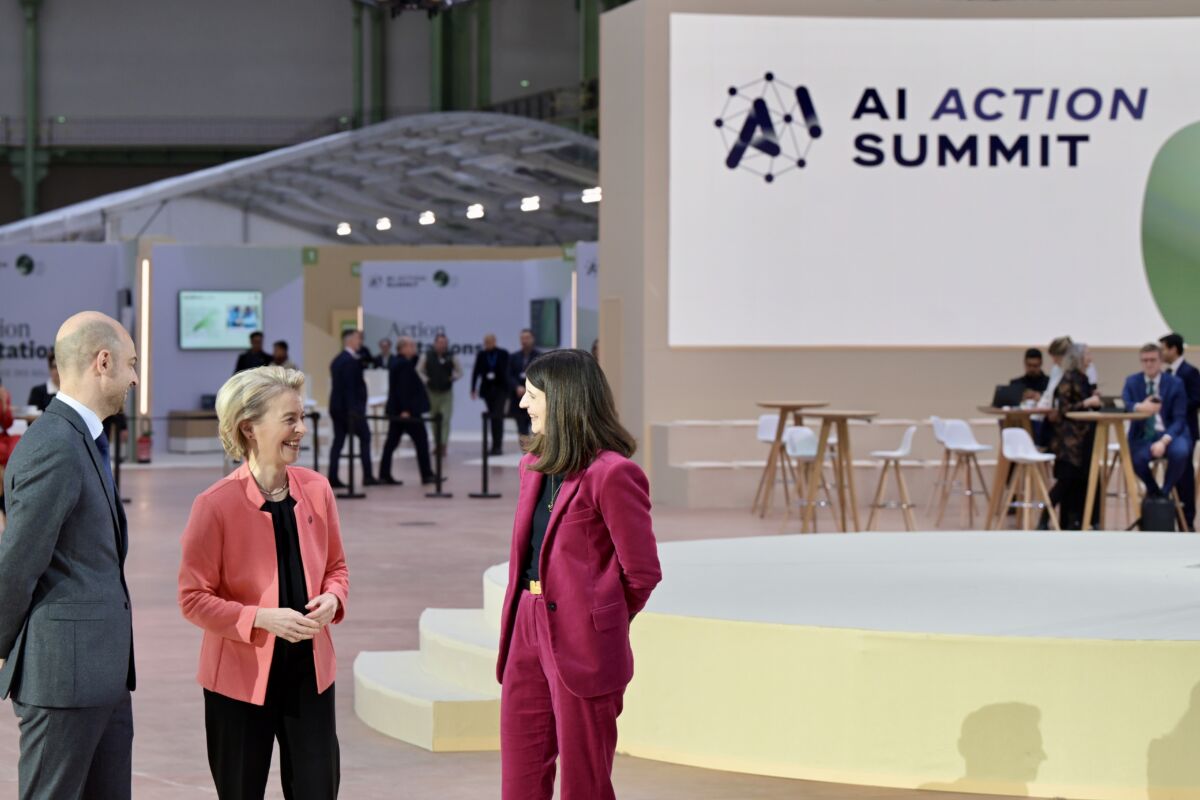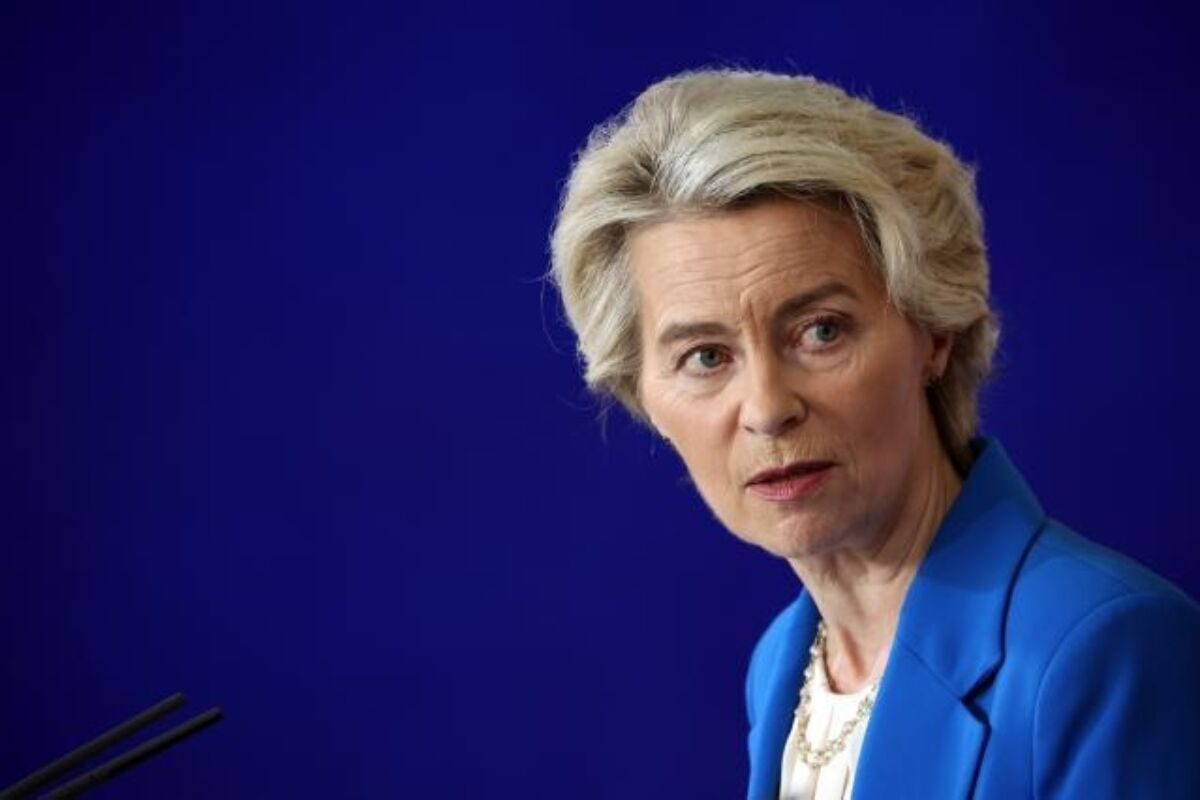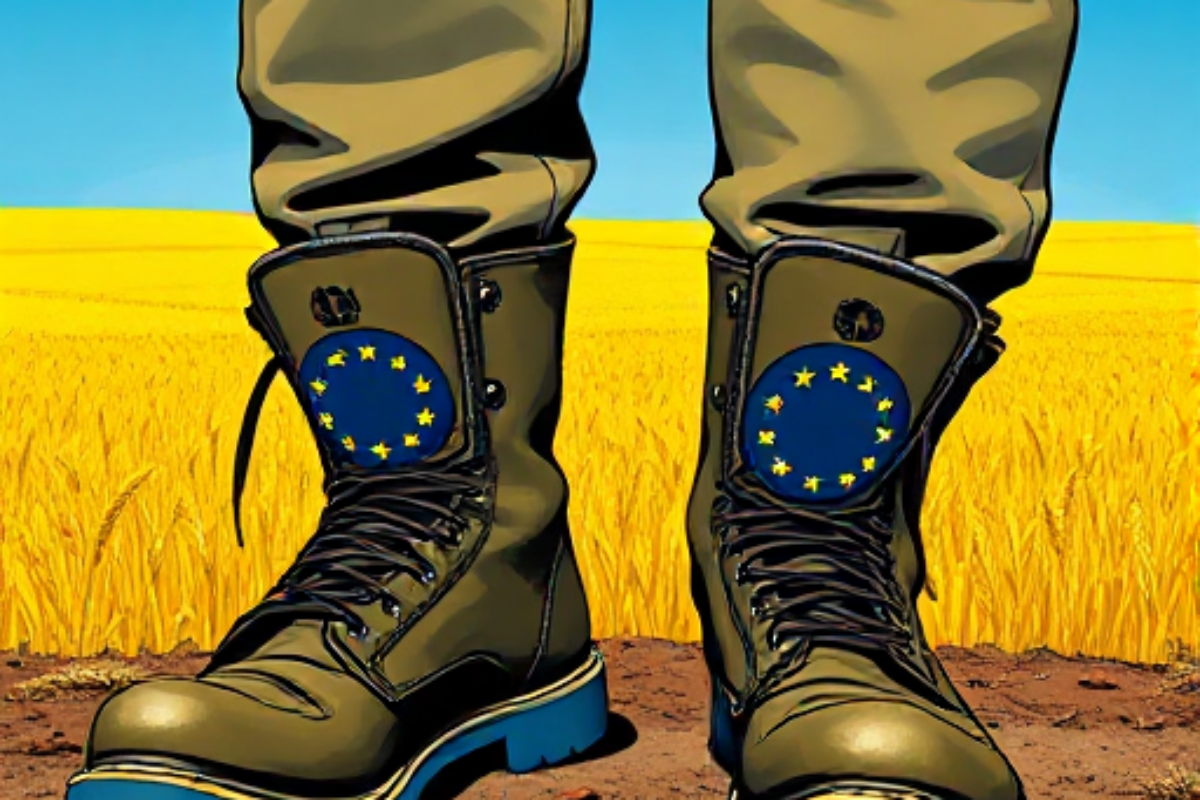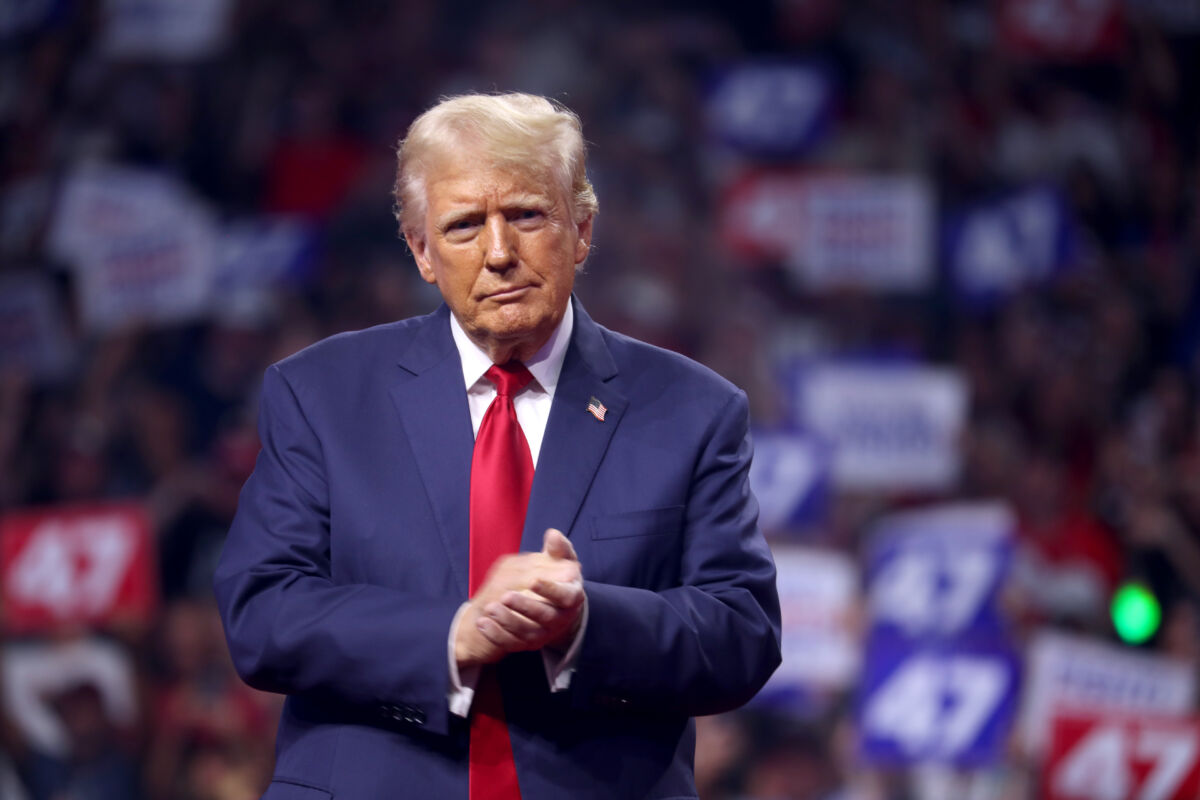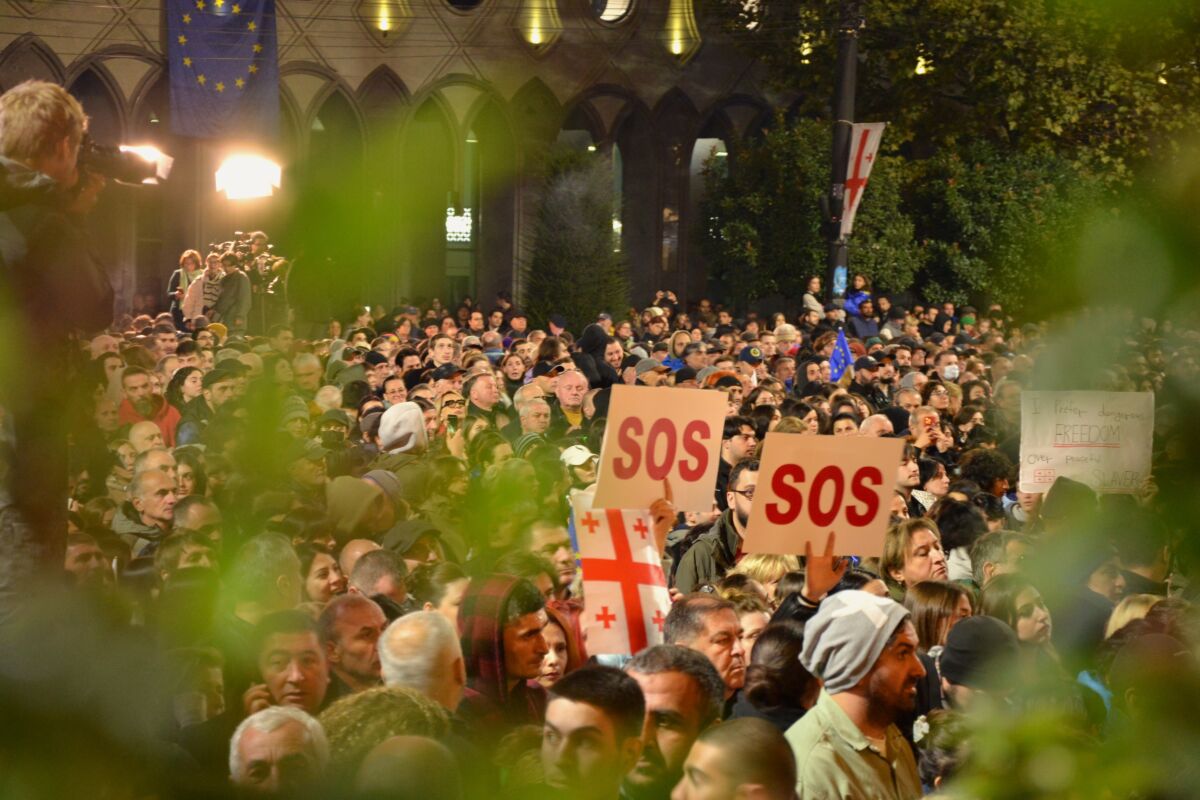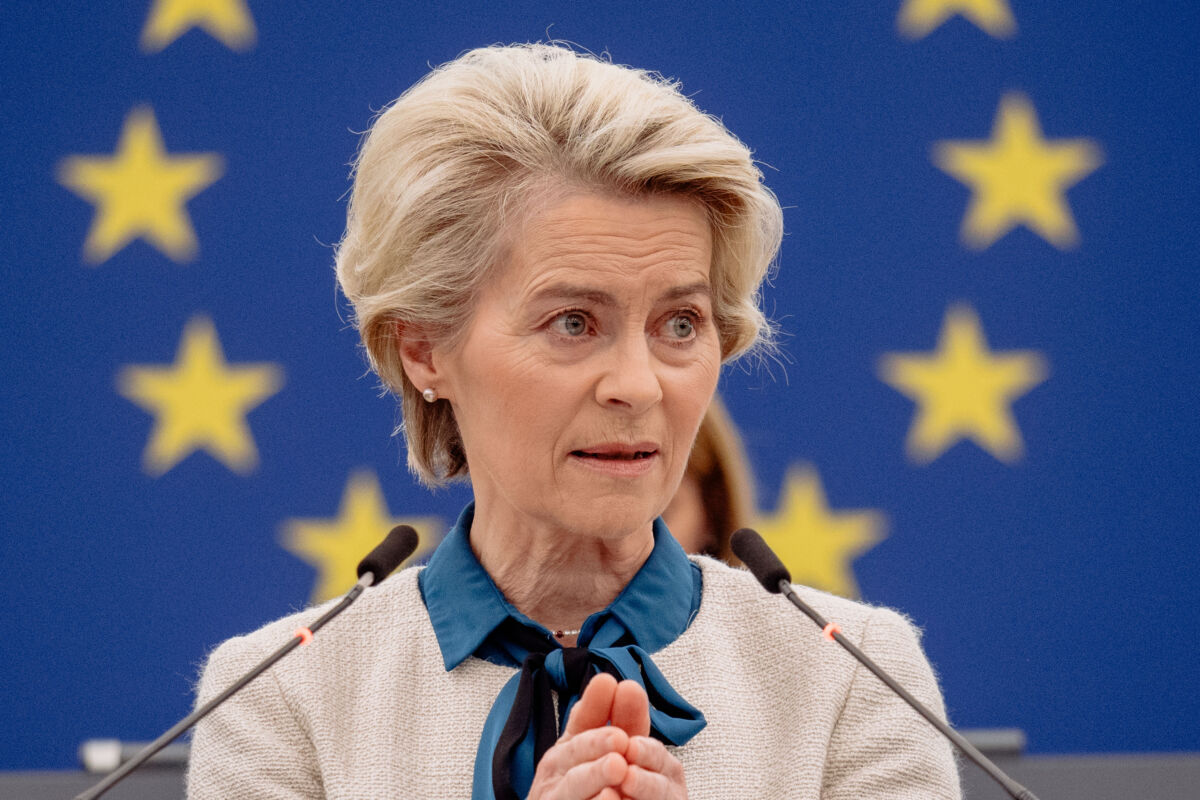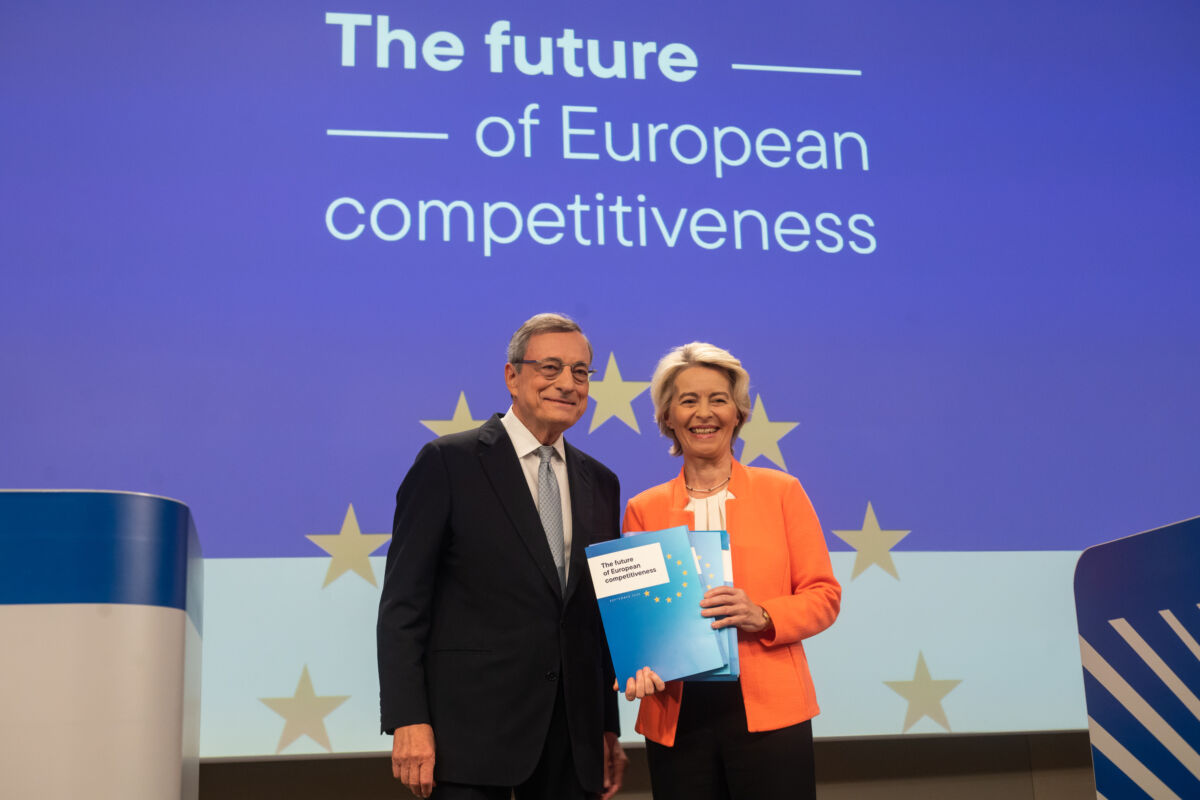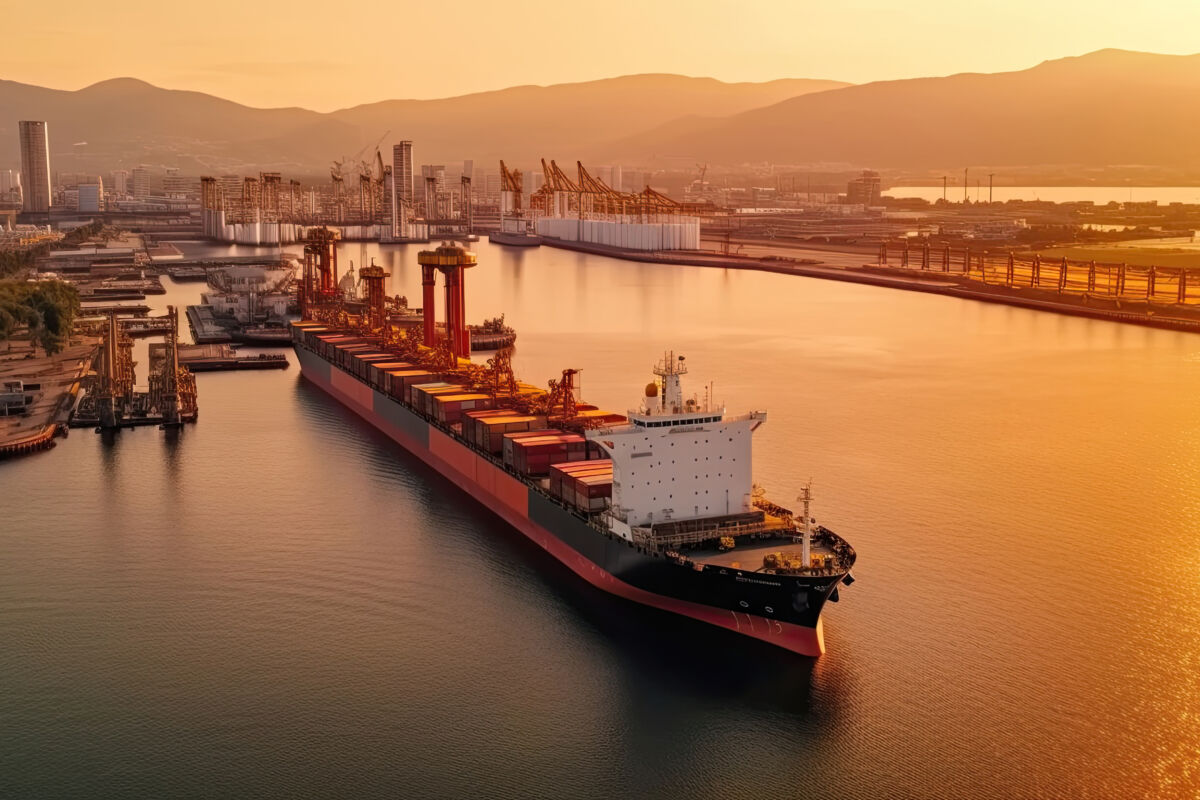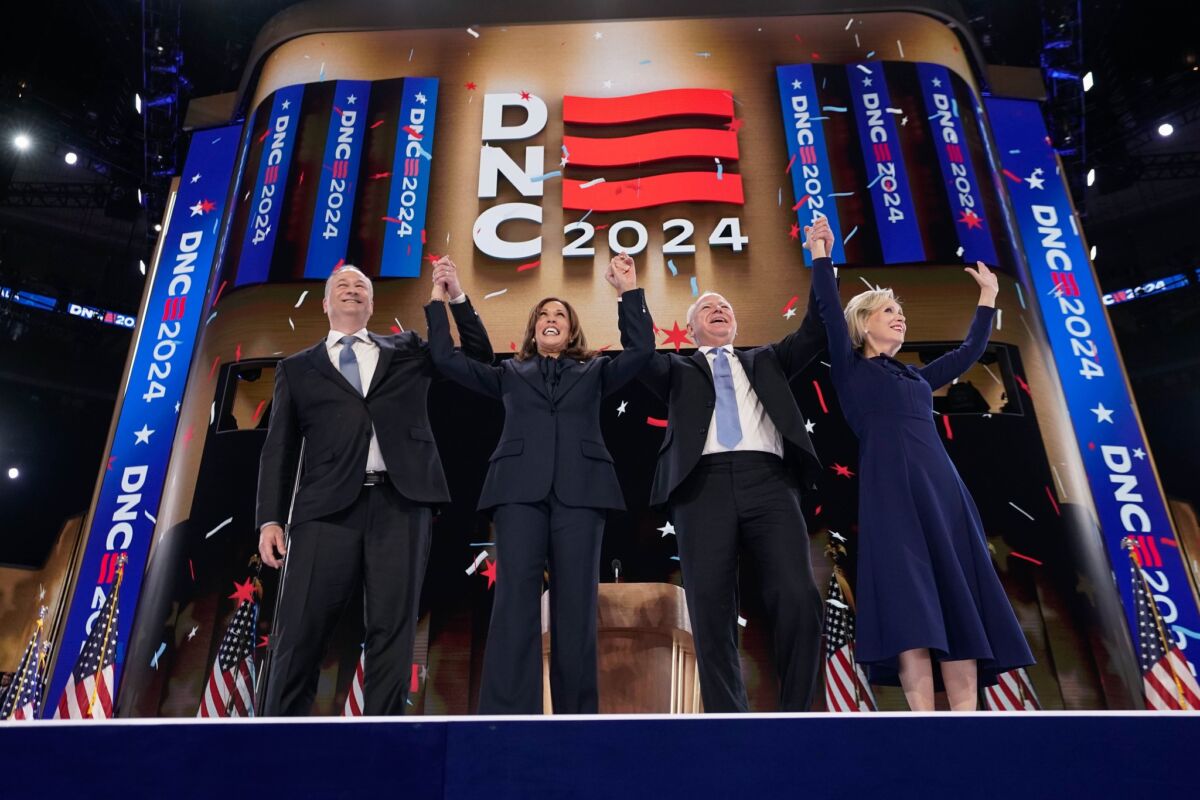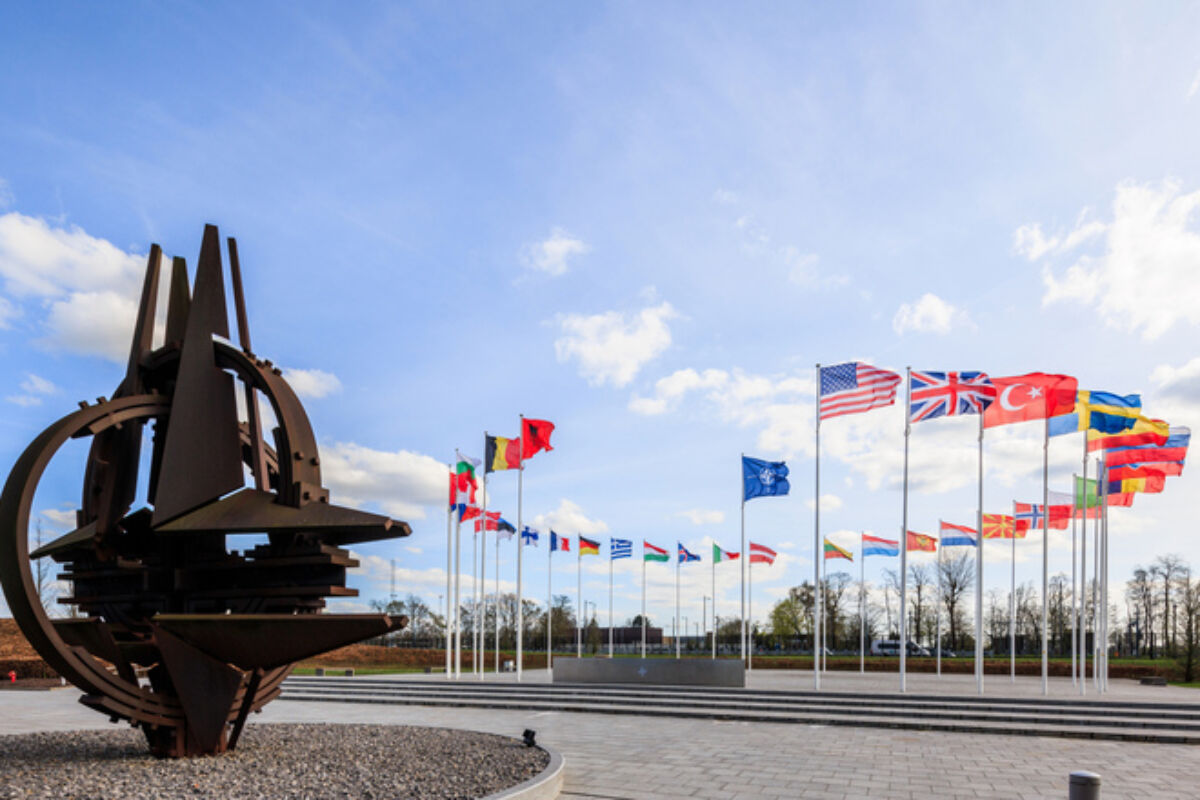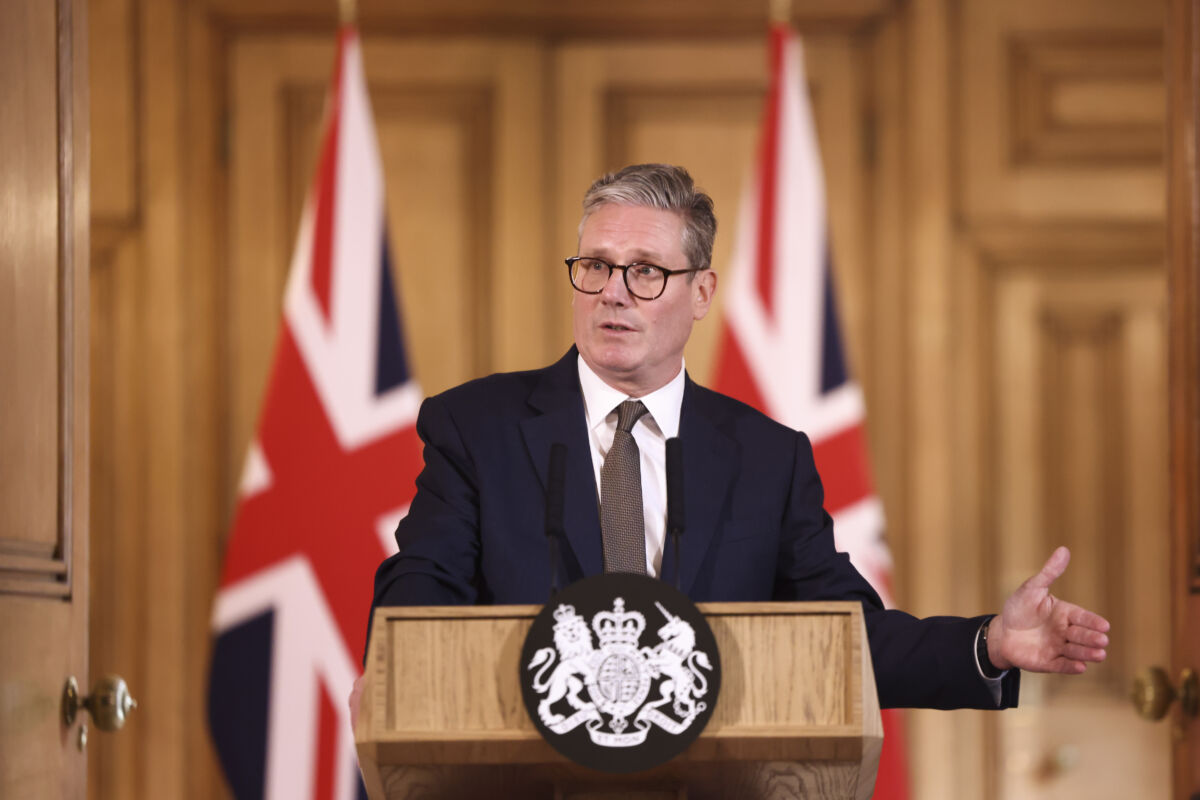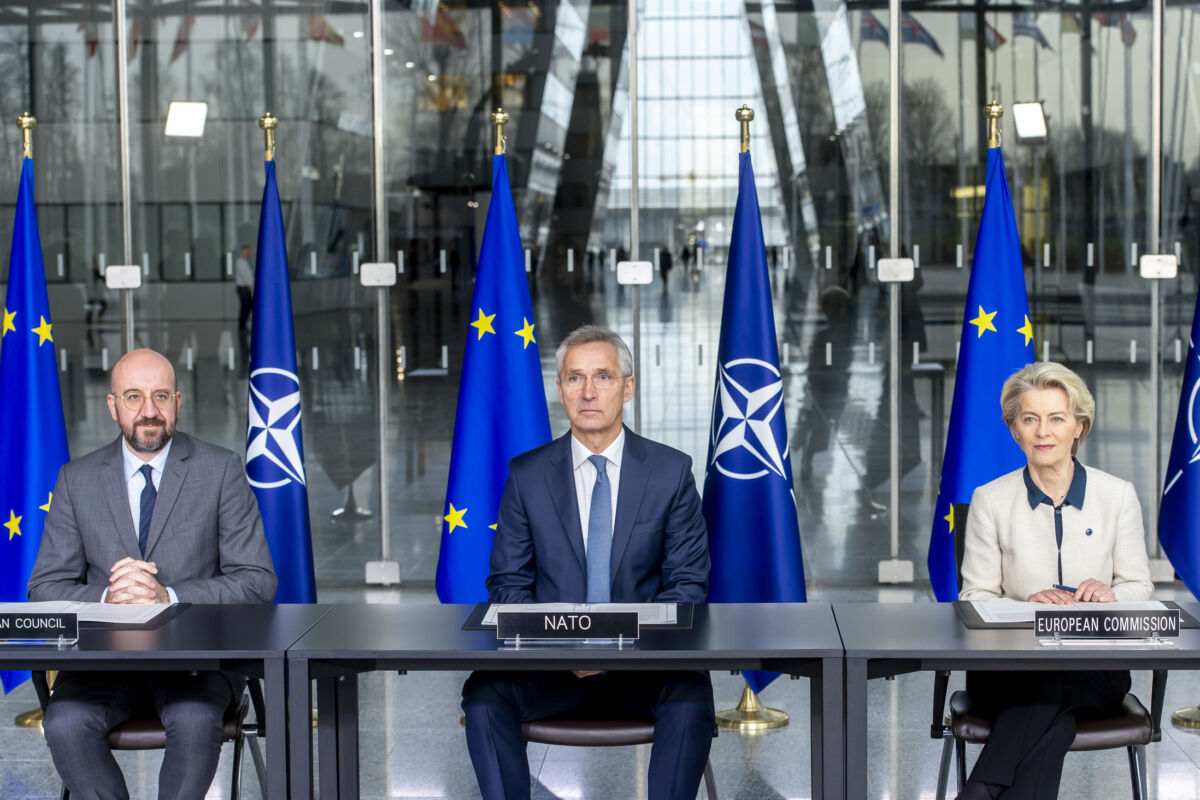While last Friday’s EU-US Summit was largely overshadowed by geopolitics and failed to deliver on anticipated commitments on steel, aluminium, and critical minerals, the joint statement can still provide transatlantic watchers with something to sink their teeth into – tangible evidence of the collision of geo-economics with geopolitics which has come to define transatlantic cooperation.
In the two years since the 2021 EU-US Summit, the first with President Biden at the helm, the geopolitical landscape has dramatically changed with the full-scale Russian invasion of Ukraine and, most recently, the eruption of war in Israel and Palestine. Sino-American competition has also continued to escalate and was a key factor in the framing of this summit’s agenda.
Taking a rain check on steel, aluminium and critical minerals
After a final sprint of week-long negotiations, Washington and Brussels were unable to come to an agreement on key deliverables. Various leaks from both sides revealed difficult negotiations on the Global Sustainable Steel Arrangement (GSA) and the Critical Minerals Agreement (CMA).
After the US suspended the Trump-era tariffs on steel and aluminium, the transatlantic partners announced an arrangement to ‘discourage trade in high-carbon steel and aluminium that contributes to global excess capacity’, specifically aiming at non-market economies. The broader ambition is to create a club of like-minded countries who will impose tariffs on steel and aluminium imports from countries that are over-manufacturing, thus distorting prices and disincentivising the move towards lower emissions.
Unsurprisingly, China is one of the countries which will be targeted. But negotiations seem to have stalled in part due to EU resistance to providing US companies with exceptions to the EU Carbon Border Adjustment Mechanism (CBAM).
There was also speculation that there might have been an interim commitment on the CMA, previously announced in July 2023. The agreement’s objective is to defray some of the negative repercussions of the Inflation Reduction Act – the Biden administration’s landmark climate legislation which caused uproar in the EU. Specifically, the agreement would allow certain imported European cars to qualify for part of the IRA’s tax subsidy on electric vehicles.
Ultimately, the final statement reflected what the leaks had anticipated – no agreement on the GSA or the CMA. With the GSA deadline now pushed to the end of 2023, catastrophe will likely be averted as the US is not set to bring back steel and aluminium tariffs until 1 January 2024. On the CMA, negotiations will continue over the ‘coming weeks.’
Trickle-down geo-economics?
The summit’s substance was instead laid out in the joint statement. After a first section focused on ‘a more secure and stable world,’ the second half was entirely dedicated to strengthening EU-US economic cooperation, with heavy emphasis on resilience, de-risking, countering economic coercion, and addressing non-market policies and practices.
While the sub-section on China seemed contained to a few paragraphs in the first part of the statement, digging deeper reveals a China-centric geo-economic thread throughout the entire second half. Whether it was nearly all references to technology cooperation in the context of economic security – including two mentions of ‘protecting advanced technologies’ that could be used to ‘threaten’ or ‘undermine global peace and security’ – or an emphasis on bolstering economic security toolkits through export controls and outbound investment measures, geo-economic cooperation is a clear driving force.
The European Commission has been critical in driving this geo-economic rapprochement. Since the publication of the European Economic Security Strategy in June, the EU has made explicit –as was already the case in the US – the link between foreign economic policy and geopolitics. Over the summer, the EU tightened or launched anti-dumping measures on several products coming from China. In October, the EU launched an anti-subsidy investigation into battery electric vehicle imports from China and published its recommendation to pursue further risk assessments on four critical technology areas.
As part of the ongoing GSA negotiations, EU officials revealed that they will also soon be announcing anti-subsidy investigations into Chinese steelmakers and potentially the wind turbine sector. These measures build upon existing tools, including the EU’s framework for investment screening and an upcoming anti-coercion instrument. These developments should be understood as the EU’s decision to take its economic security into its own hands.
On the US side, the deployment of economic security tools has not slowed down either. Earlier this month, the US Department of Commerce’s Bureau of Industry and Security issued a revision of the 2022 export controls on advanced semiconductors originating from China. This follows the publication of President Biden’s Executive Order on outbound investment, spearheading the development of a new regulatory tool in line with the US’ ‘small yard, high fence’ approach to protecting critical technologies. The EU, keeping with the US and following on from its own strategy, is currently exploring a similar tool, mentioned in the summit’s joint statement.
Looking ahead to 2024
Ultimately, this EU-US summit will not be remembered for anything ground-breaking. Yet it follows in the current arc of transatlantic cooperation which is intensely focused on economic security and utilising the EU-US relationship, alongside other multilateral forums, to concentrate on de-risking and shaping global economic governance.
With the looming US presidential election threatening to upend the current close geopolitical cooperation between the two, the geo-economic transatlantic rapprochement may be the key to keeping them close as they wade into an uncertain 2024. While Brussels has framed its approach differently from the US – by, for instance, pointing to anti-subsidy investigations in contrast to US-style national security carve-outs – the outcomes will likely be the same.
Above all, the joint economic security measures deployed through the transatlantic relationship aim to have a multiplying effect, leveraging the American and European markets to tackle pressing global trade, technology, and security issues. These economic security toolkits shouldn’t only be focused on deterring China; they can also serve as catalysts for reshaping the global economy towards a greater good.
The GSA negotiations are a prime example. Though the EU and US continue to squabble over the fine print and seek to maintain their individual approaches, they are fundamentally joining forces to alter the global carbon economy to better tackle the most pressing issue of our time – the climate crisis.
If this is where the geo-economic future of transatlantic relations can lead, perhaps the EU will look back on ‘the era of weaponised interdependence’ as rather the beginning of the ‘mega-Brussels effect’.







